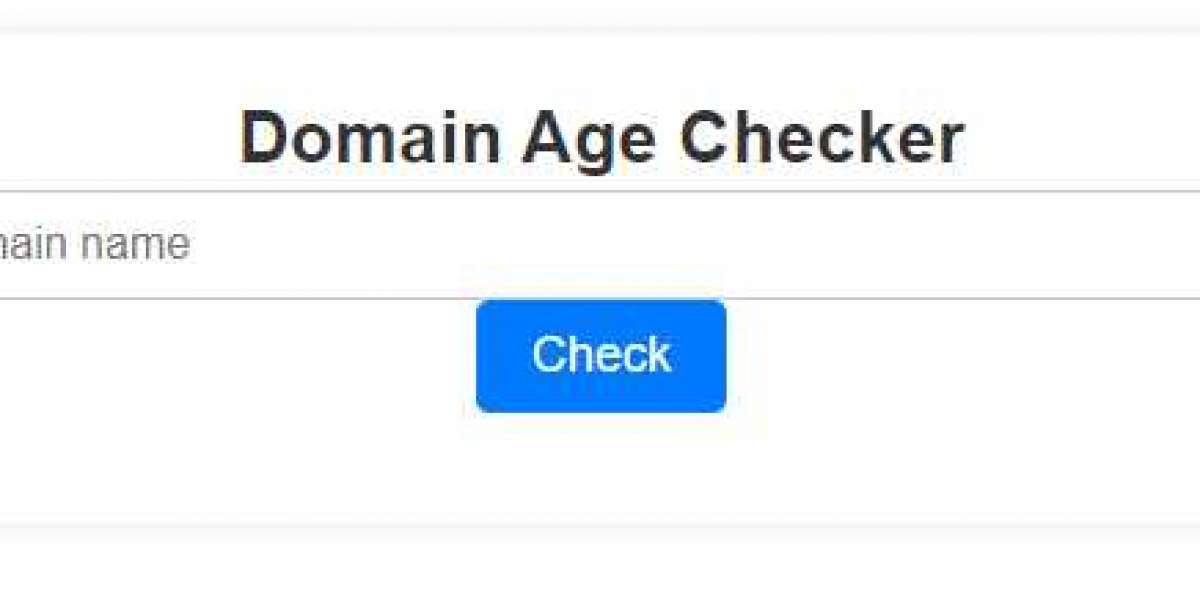Implementing a web age checker verification process is a crucial step for websites dealing with age-restricted content. However, ensuring a positive user experience during the age verification is equally important. This article explores best practices for designing user-friendly interfaces for web age checker verifications.
I. Simplify the User Journey
Clear and Concise Instructions
Provide straightforward and easy-to-follow instructions for users. Clearly communicate the purpose of age verification and the steps they need to take.
Minimize Steps
Reduce the number of steps in the verification process to make it quick and hassle-free. A concise process minimizes user frustration and enhances overall usability.
Intuitive Design and Layout
User-Friendly Interface
Create an interface that is intuitive and user-friendly. Use familiar design elements, such as buttons and forms, to guide users through the age verification process.
Mobile Responsiveness
Ensure that the verification interface is responsive and compatible with various devices, especially mobile devices. A mobile-friendly design accommodates users accessing the platform from different devices.
Visual Design Elements
Clear and Bold Typography
Use clear and bold typography for instructions and prompts. Ensure that text is easily readable, even on smaller screens, to avoid any confusion.
Distinctive Icons and Graphics
Incorporate easily recognizable icons and graphics to convey information visually. Visual cues can enhance understanding and guide users through the age verification steps.
Provide User Assistance
Help and FAQ Sections
Include a help section or FAQ that addresses common user queries and concerns. This assists users in understanding the purpose of age verification and how to navigate the process.
Real-Time Support
Integrate real-time support options, such as live chat, to assist users who may face difficulties during the age verification. Immediate assistance can prevent frustration and encourage completion.
Transparent Communication
Privacy Information
Clearly communicate the privacy measures in place during the age verification process. Assure users that their data is handled securely, addressing potential privacy concerns.
Purpose of Age Verification
Explain why age verification is necessary for accessing certain content or services. Transparent communication builds trust and emphasizes the importance of the verification process.
Accessibility Considerations
Accessibility Features
Incorporate accessibility features, such as alt text for images and keyboard navigation, to ensure that the age verification process is inclusive and accessible to users with diverse needs.
Multilingual Support
If applicable, provide multilingual support to cater to a diverse user base. Offering content in different languages enhances accessibility for a global audience.
Test and Iterate
User Testing
Conduct thorough user testing to identify potential issues with the age verification interface. Gather feedback and make iterative improvements based on user experiences.
Continuous Optimization
Implement a process of continuous optimization based on user feedback, technological advancements, and changing design trends. Regularly update the age verification interface to enhance usability.
Conclusion
Designing a user-friendly web age checker verification interface is essential for a positive user experience. By simplifying the user journey, employing intuitive design elements, providing user assistance, ensuring transparent communication, considering accessibility, and continuously optimizing, websites can create a seamless and effective age verification process.
FAQs
Why is simplifying the user journey important in age verification?
- A simplified user journey reduces frustration, making the age verification process quick and easy for users.
How does transparent communication impact user trust during age verification?
- Clearly communicating the purpose of age verification and privacy measures builds user trust and understanding.
What are some accessibility considerations for age verification interfaces?
- Incorporating accessibility features and providing multilingual support ensures inclusivity and accessibility for diverse user needs.
Why is continuous optimization necessary for age verification interfaces?
- Continuous optimization based on user feedback and technological advancements ensures that the age verification interface remains effective and user-friendly over time.
How can real-time support benefit users during age verification?
- Real-time support options, such as live chat, provide immediate assistance to users facing difficulties, preventing frustration and improving completion rates.




